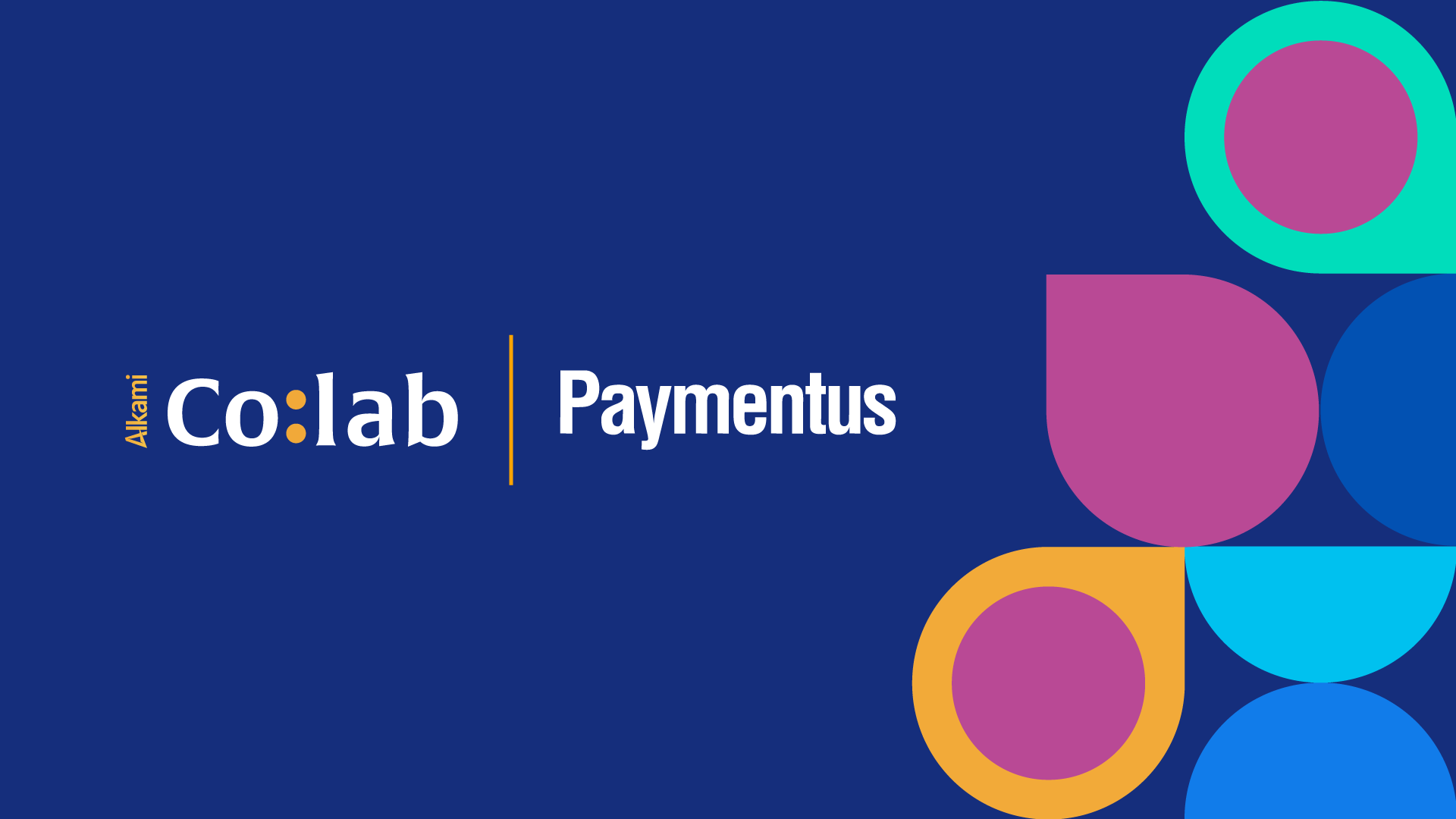In the traditional competitive landscape, financial institutions competed solely against one another to attract and retain customers and members. Today, this landscape has evolved to one in which financial institutions now compete against direct billers and service providers.
Direct billers (e.g., utility providers), service providers (e.g., telecoms, healthcare facilities) and eCommerce retailers (e.g., Amazon) have taken full advantage of today’s advanced technological solutions, enabling them to offer everything from one-click purchasing and in-demand digital wallet payments, to instant payment confirmations and saved payment preferences.
While these industry players are heightening consumer expectations around payments and purchases, financial institutions are also facing competition from digital players and non-traditional banks. According to a recent research report, the average banked U.S. consumer has 14 accounts held across 4.4 financial service providers. A recent Paymentus whitepaper conducted in partnership with The Financial Brand showed that the lending industry was increasingly dominated by nonbank lenders (led by Rocket Mortgage).
To top it off, real-time payments are set to increase in volume thanks to the recent launch of FedNow. This development will only serve to further heighten consumer expectations for payment choice and speed in their money movement.
When considering today’s ecosystem, it’s easy to be reminded of Netflix’s meteoric rise, which precipitated Blockbuster’s fall. The disruption offered by Netflix’s business model shifted customers to consider not only price but convenience in their decision making.
Changes in consumer behavior pose an even greater risk – especially as digital natives begin to make up an increasing percentage of the financial institution consumer base. Once consumers no longer consider a financial institution as the center of their money movement universe, it could be a case of out-of-sight, out-of-mind. Declining engagement amid rising competition will make recouping revenue through interchange fees or cross-sell opportunities virtually impossible. Despite this stark reality, there are 3 key things that financial institutions can offer to regain relevance with their account holders.
What will it take for financial institutions to reclaim their place at the heart of money movement? Consumers have spoken, and when it comes to building the ideal experience, financial institutions must offer the three Cs:
1. Convenience comes in many forms but starts with centralization.
The ability to serve as a bill payment and money movement hub will eliminate the necessity of consumers visiting each of their billers’ sites to pay bills. The Paymentus Instant Payment Network® (IPN) allows financial institutions to become a direct biller aggregator by seamlessly connecting to a wide array of billers.
What’s more, IPN delivers the features that make direct biller experiences so attractive: full bill details, real-time confirmations, AutoPay and much more. This combination virtually eliminates the need for consumers to manage their accounts anywhere but within a financial institution’s experience.
2. Choice and flexibility in how consumers make their payments is another must-have.
Centralization provides a convenient hub to view and pay bills, but if an account holder is limited in how they can pay, they may still opt to use whatever platform will enable their favorite payment. Financial institutions that enable the widest range of payment options will be positioned to reclaim consumer engagement and loyalty.
3. Topping this strategy is control.
eCommerce giants such as Amazon have done remarkable work building a system where customers control everything from payment types to delivery dates. Beyond payment types, consumers also want control over how they access the bill pay experience (e.g., mobile, web), receive bills and notifications, schedule payments or even make partial payments using different methods. The goal is to deploy a platform that is flexible enough to make any billing and payment experience feel tailored; one that delivers anywhere, any time payments and real-time notifications right to a customer’s preferred channel.
The Paymentus Banking & Fintech solution is purposefully built to empower financial institutions in their mission to reclaim their position at the center of consumers’ money movement and bill payment needs. Through this modern, flexible and open payment hub, financial institutions can transform their money movement landscape with a comprehensive suite of innovative services – each designed to enable the three Cs needed to win a greater share of customer loyalty.
